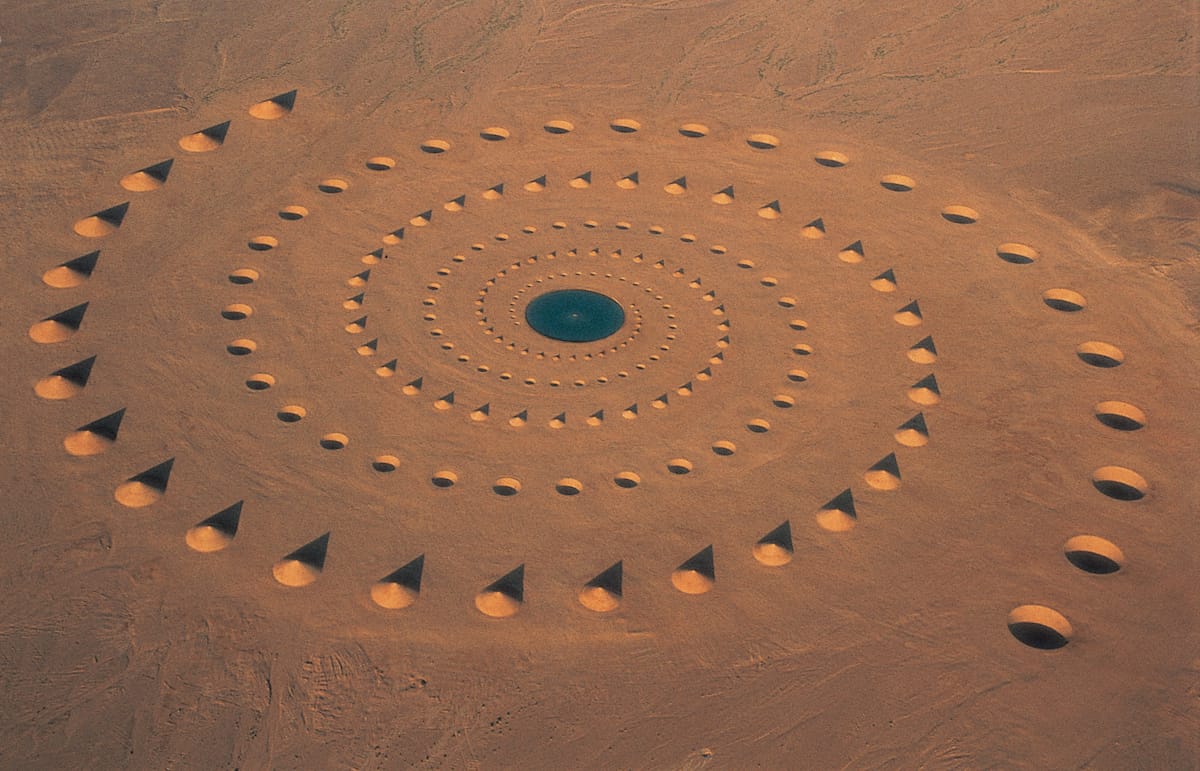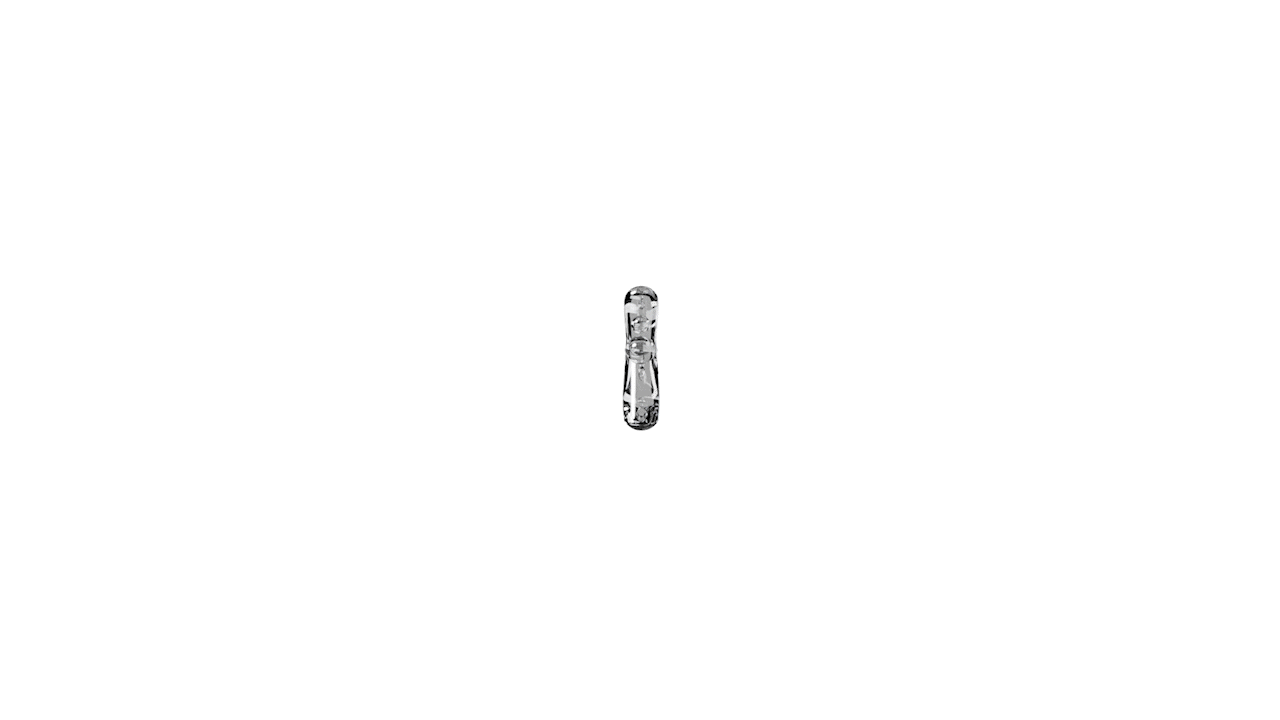Cloud Face (2012)

Cloud Faces caught my attention for all the right reasons. 404[01] errors. Glitches from an unpredictable moment was the catalyst for Kimyonghun deciding to look up at the sky. Asking himself— What would happen if facial recognition software was turned toward the sky? Shinseungback Kimyonghun is an artistic duo consisting of engineer Shin Seung Back and artist Kim Yong Hun, whose work exists at the intersection of highly-fidelity software and performance arts.
KYLE: What was your interest in seeking faces?
KIM YONG HUN: It was one of our earliest works—almost ten years ago now. At the time, AI wasn’t a thing. Nobody talked about it. But the technology was already there with face detection[02]—basic AI technology—yet no one really called it AI. But we were interested in it, AI or not.
We saw the potential of where it could go, so we explored it. A lot of our early work was troubleshooting errors, and in the beginning, those errors were frustrating. Typically, an error is something you get rid of. So we tried. But we couldn’t.
And one day, I just looked up at the sky and the idea came—What if I used this error to find faces in the clouds? Seeing things in the sky, the way humans do, is the same phenomenon that appears in machines. And I think it happens like this: an idea accumulates over time until, at some point, everything comes together and becomes something.
KYLE: Do you usually find yourself bridging ideas through technology?
KIM YONG HUN: I studied photography in my undergraduate. And I experienced how technology totally changed the medium of photography, how the image is made. How people see images and share images, and the photography cultures as a whole. So I got interested in technology, and its influence on both art and human life. So I wanted to know more about technology. And that’s why I chose to do something with art and technology.
KYLE: So when you received all those errors in the sky, how did you guys make sense of it all?
KIM YONG HUN: Those errors appeared in different quantities and compositions. In exhibitions, sometimes there were 50 faces, sometimes 32, sometimes 75. In 2012, we collected 75 cloud face images, but those were selected from thousands of faces detected in hundreds of thousands of sky photographs.
The final images we chose all looked like faces to us. Some were very obvious, some were vague—but we saw them all as faces. And I even found one that looked like my own face.


The duo's portfolio contains works that involve a balance between nature and technology. Not just as subjects, but as a process–treating the imperfections as pieces to the puzzle rather than flaws to be corrected. What began as a technical experiment evolved into a deeper understanding of human perception, leading them to realize that both humans and machines are susceptible to the same illusions.
This phenomenon is called pareidolia[03]. Thanks to an evolutionary trait that has helped us identify threats, allies, and emotional cues. This tendency to see faces in randomness extends beyond mere clouds. One of the most well-known examples is the Face on Mars[04].
Shinseungback Kimyonghun describes his process as one of mental clearing—allowing thoughts to settle so that new ideas can take form. “I need to empty my mind to make space for something new,” he explains. Dreams play a part in this process, offering subconscious insights that sometimes filter into his work. Referencing Freud, he sees dreams as a function of the mind, processing thoughts and emotions in ways that conscious reasoning cannot.
KIM YONG HUN: “Freud said dreams help you keep sleeping. If there’s something you want or something troubling you, dreams help you process it so that you don’t wake up… The things that depress you could prevent you from continuing to sleep, but dreams get rid of that so you can sleep well. He said that.”
“I don’t know if I believe that, but I like his opinion. He didn’t mystify dreams—he saw them as part of how the brain functions. I think… I also think it’s a process of how the brain works in a way.”
Growing up in the southern countryside of Korea, Kimyonghun spent much of his childhood swimming in rivers and exploring mountains. “Nature is in me,” he says, referring to nature’s influences on his own artistic development. Even working with technology, he draws constellations between the natural world and technology–often viewed as the bacteria of nature. He simply puts, that he views the development of super intelligent technology as a part of a larger evolutionary process.
KIM YONG HUN: Technology is still human-made, but perhaps one day, it will evolve beyond us and become something closer to nature itself. AI is built in our image. It reflects us in ways we might not always recognize. Among many technologies, we deal with AI a lot. It's because AI is very powerful. And an important technology. It’s created based on humans, and it resembles humans. And, through AI, we can see ourselves, in many different ways.

This direct correspondence between past and present allows the duo’s exploration of AI to extend beyond technical capabilities to its philosophical implications. AI is built in our image—it reflects us in ways we might not always recognize,” Kimyonghun notes.
KYLE: Why do you create the work that you do?
KIM YONG HUN: In the end it’s about understanding myself.
Among many technologies, we deal with AI a lot. It's because AI is… very powerful. And important technology, in a way… and also it’s created based on humans, and it resembles humans. And, through AI, we can see… ourselves, in different ways. This way we’re interested in this technology in particular.










.jpg)













